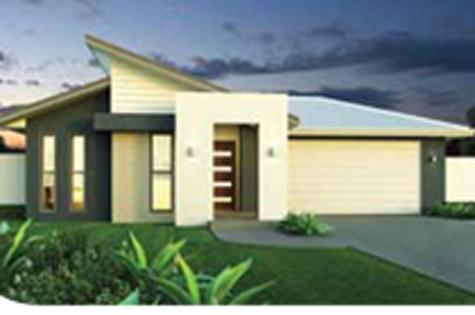Busy families might find the idea of building a new home – rather than buying and renovating a second-hand home – overwhelming, with underlying concerns about the level of control they will have in the process, expenses and whether the final product will meet their expectations. But these concerns are based on common misconceptions.
We’ve been asked hundreds of questions by home buyers over the past seven years and many of these are based on preconceived ideas. It’s understandable when you’re considering a house and land package for the first time, but many buyers are surprised to learn how straightforward it is to design and build a new home, tailored to their budget.
For families thinking about building new but are unsure about the process, I’m going to debunk the seven most common misconceptions:
1. Buying a house and land package is more expensive
On the contrary, building new means you’re less likely to need renovations down the track. Builders are required to offer a building guarantee and warranty to cover any structural repairs in the first six years. Buyers also have negotiating power with builders on fixtures and finishes, often at no added cost. While no longer available for existing dwellings, the federal government’s first home buyer grant is available for new-build properties. In New South Wales for instance, a grant of $15,000 is available on new builds valued up to $750,000.
2. They require a bigger deposit
This isn’t always the case. While most developers require a 10 per cent deposit to exchange on land, many offer a range of financing options, such as longer settlement periods, to allow you more time to prepare your deposit and finances. Investigate payment methods that will benefit you. For consumers looking for a quicker settlement for instance, some developers (such as my company, Plantation Palms) may also accept a smaller holding deposit while allowing you time to prepare funds to pay your deposit in full.
3. I don’t know what the neighbourhood will look like
Many who invest their time and resources into purchasing a house and land package tend to be families who are also looking to buy into the community aspect. Many master-planned communities comprise parks and recreational facilities, enabling the community to get to know each other. When buying second-hand in the suburbs, many of us often don’t know our neighbours across the street.
4. There’s no guarantee the property will grow in value
The area is a strong determining factor in capital growth. As when buying second-hand, you need to research the areas in which properties sell well. Properties close to schools, shopping centres, transport links and major business hubs, for instance, can achieve good resale prices. Unlike second-hand homes, many house and land packages are offered at a great price, helping to maximising resale value.
5. I don’t know if the final product will meet my expectations
It’s important you have confidence in the work of the developer and builder before you make your decision. Check that the development has design guidelines to maximise the beauty of the streetscape and its village-like community. You should also be able to view the craftsmanship and design capabilities of the builder ahead of purchase through display homes, 3D renders and floor plans, and have the option of customising floor plans, design and colour options.
6. The building process is long and tedious
This isn’t always the case. While the building process will vary on the type of property under construction as well as seasonality, the benefit of a house and land package is knowing that you’re working with a highly experienced builder trusted by the developer. This is reassuring to consumers who can feel overwhelmed by the thought of having to rely on their own devices.
7. I don’t know if I can pay my land and building mortgage at the same time
While most developers require you to pay for your land before building commences, you don’t start paying interest on the full mortgage straightaway. For example, if you have approval for a $383,500 mortgage to fund your house and land, you only pay interest on what you need. By the time you settle on the land, at $173,000 for instance, you pay the mortgage on that amount only. Once the builder lays down the first slab of concrete you then draw down another amount to cover the costs. There are a number of stages until construction concludes and the final amount is due to be paid. This process helps limit the overlap of paying both rent and a mortgage at the same time. Once the final payment is made to the builder you’re then ready to move into your new home.


















__small.png)










